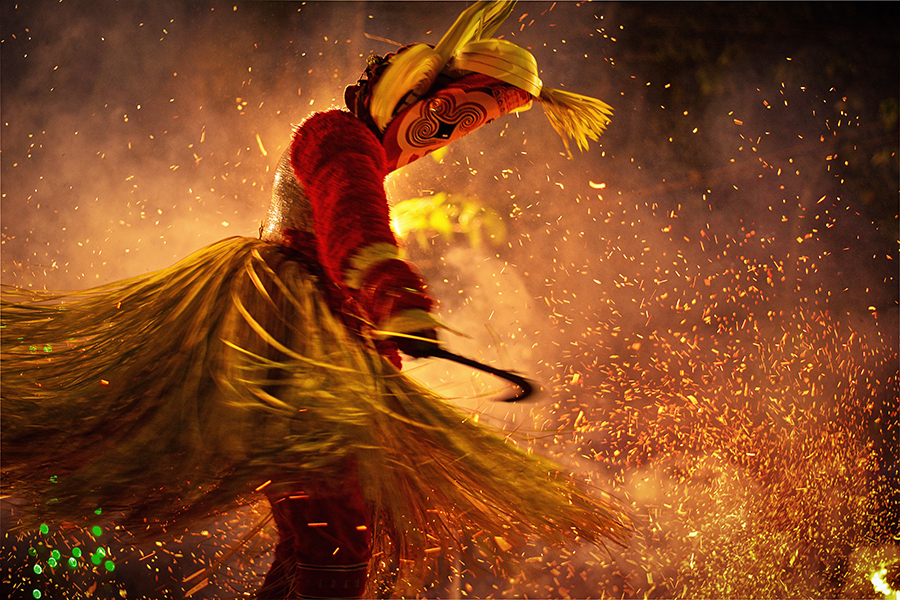
A number of the patients we see are actually afraid to question their medical doctors about their treatment options, or to disagree with the course of action the doctor recommends, or confess to the doctor that they aren’t following the previously prescribed course of action, or that they are using complementary medicine and/or consulting “alternative” practitioners in addition to the doctor.
Ritual plays a large part in these fears. Whereas we may be accustomed to thinking of ritual as related to sacred or religious traditions, there are prescribed ways in which we greet and relate to each other in secular, as well as sacred traditions. And, as we’ve often noted in these newsletters, traditional medicine can often become more of a religion than a science, when doctors become dogmatic in their beliefs.
Most of us quite clearly recognize the marriage of religion and science in ethnic and tribal healing, and in the medicine of cultures other than our own. There may be a special space prepared for the healing, and accoutrements such as noisemakers and smoke and sacred objects. Herbs and other medicines are prepared and given in a particular way. The sequence is consistent and expected within the context of the culture.

We, too, are continuously buying in to our culturally conditioned medical rituals. At large healing centers, we wait behind the designated line in order to avoid overhearing another’s personal details. After being checked in, we wait silently until an assistant in pastel scrubs calls our name and takes us into the catacomb of back offices. Weight, height and blood pressure are taken, and the patient is led to an exam room. A history may then be taken by the same or another assistant who sits with their back to us and types out responses on the computer for the doctor to review. The patient is then asked to disrobe and dress in the loose-fitting (and revealing) gown to wait for the doctor to appear.
After a time, sometimes a very long time, a white-coated doctor knocks discretely, enters the room, and the visit begins. Patients are often already feeling diminished and vulnerable, and feel even more so as they are not dressed, while the doctor is. The doctor’s status as an authority figure contributes to the belief that the doctor holds the secret keys to healing, which is a good thing. That many doctors do not like to be questioned, and expect to be obeyed, may not be a good thing.
This medical ritual would seem bizarre to cultures in which people live their lives more communally, share their lives more intimately, and are on more equal footing with medical personnel. It contributes to the patient’s feeling of disempowerment and their fear of expressing their own needs and preferences. (I often hear patients say that their doctor will be mad at them or discontinue their relationship if the patient is actually honest about what they are doing.)
At Pacific Naturopathic, we offer a different type of healing ritual. We see ourselves as part of a team that is dedicated to finding treatments that the patient believes in, and in which the patients can participate in a setting where they feel comfortable. Patients are offered tea on arrival, I.V. patients enjoy a communal experience, and we see our patients as members of a healing team.
Read more about the medical services Dr. Connie offers here: http://www.naturopathichealthconsultations.com
